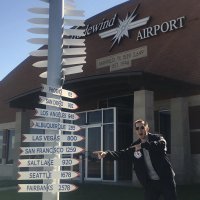
Sign in to follow this
Followers
0

The Case for Remaining in the Loop
By
scandinavian13, in PMDG General Forum


By
scandinavian13, in PMDG General Forum